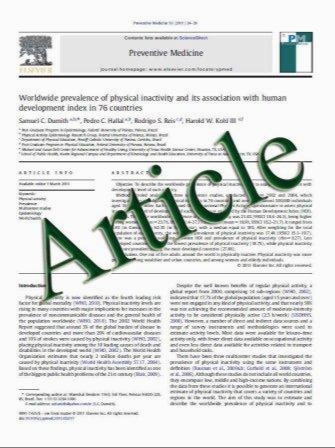Long-term follow-up of clonal evolutions in 802 aplastic anemia patients: a single-center experience
- نوع فایل : کتاب
- زبان : انگلیسی
- مؤلف : Yingmei Li & Xingxin Li & Meili Ge & Jun Shi & Linsheng Qian & Yizhou Zheng & Jianxiang Wang
- چاپ و سال / کشور: 2011
Description
To assess the incidence rates and risk factors for clonal evolutions in aplastic anemia (AA) patients, we studied 802 hospitalization cases from January 1991 through December 2007 by using the cumulative incidence curves and the Cox proportional hazards mode. We found that the case of 19 patients had evolved to myelodysplastic syndrome or acute myeloid leukemia (MDS/AML), while 21 patients (two of them with concurrent MDS) developed paroxysmal nocturnal hemoglobinuria (PNH). The cumulative incidence of clonal evolutions was assessed as 3.7%, whereas the incidences of MDS/AML and PNH were 1.7% and 2.1%, respectively, at 5 years. By multivariate analysis, age, severity of the disease, and the number of days of rhuG-CSF therapy were the risk factors for AA evolution to MDS/AML. The relative risk (RR) for very severe AA was approximately seven times higher than that for severe AA (SAA) and non-SAA (NSAA) (P=0.001), but the latter two did not differ significantly (P=0.743). PNH clone was monitored sequentially in 237 patients; positive clones were detected in 41% of the patients, but more than half of them were transient or instable. White blood cell count at initial diagnosis was identified as the only significant risk factor for AA evolution to PNH (P=0.007). Our results suggest that the transformation to PNH for subpopulations of AA patients may be natural evolution as the clinical manifestation and pathogenesis between AA and PNH were closely related. Furthermore, normalizing hematopoiesis of AA may represent a viable approach to prevent clone evolutions, especially to MDS/AML.
Ann Hematol (2011) 90:529–537 DOI 10.1007/s00277-010-1140-9 Received: 27 December 2009 / Accepted: 14 December 2010 / Published online: 5 January 2011


